In OpenCV we can use the approxPolyDP to find the contours of an object. However, sometimes the output contours could be quite different when there are holes/blur in between the lines. For example, the actual object of the following two graphs is a rectangle but the output of approxPolyDP generates the contours that are not-in-order. Is there any well-known algorithm that can process the following points and detect a rectangular shape? If not, what is the best approach to deal with this situation?

